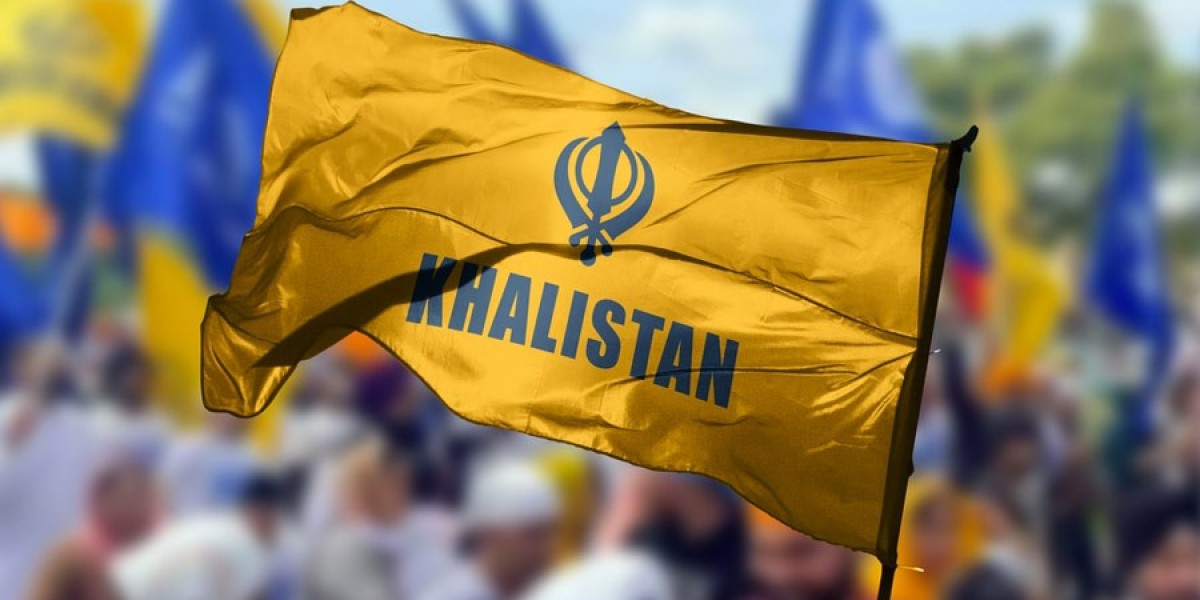Introduction: The Rise and Influence of the Khalistan Population
The Khalistan population represents a unique and dynamic movement, with deep cultural and political implications for Sikh communities worldwide. This movement advocates for the creation of an independent Sikh state called Khalistan. It has garnered significant attention, particularly in countries with large Sikh populations, such as India, Canada, the United Kingdom, and the United States. In this article, we will explore the origins, current trends, and potential future of the Khalistan movement and population, shedding light on its significance and global influence.
The Historical Roots of Khalistan: From the Sikh Struggle to Independence
To understand the Khalistan population, it is essential to explore the Khalistan history. The movement’s roots can be traced back to the 20th century when Sikhs began to feel marginalized by the Indian government, particularly in the wake of British colonial rule. During India’s independence struggle, many Sikhs desired more autonomy or independence, given their distinct cultural and religious identity.
In the 1940s, the demand for a separate Sikh state began to take shape, but it gained significant traction in the 1980s. Leaders like Jarnail Singh Bhindranwale called for a distinct Sikh homeland, which led to the infamous Operation Blue Star in 1984. This military operation, aimed at removing Bhindranwale and his supporters from the Golden Temple, further fueled Sikh resentment toward the Indian government. After the attack on the temple, the desire for a separate state of Khalistan intensified, and the Khalistan population began to grow both in India and abroad, especially within the Sikh diaspora.
The Growth of the Khalistan Population Globally
Today, the Khalistan population is not confined to India. A significant number of pro-Khalistan activists are found in countries like Canada, the United Kingdom, and the United States. One key example of this global expansion is the Khalistan referendum in Canada. In recent years, this referendum has gained considerable attention, as it aims to measure the support for an independent Sikh state among Canadian Sikhs. It has become a highly visible political event, reflecting the ongoing diaspora’s concerns about the treatment of Sikhs in India.
This global reach has made the Khalistan movement more multifaceted. While some advocate for peaceful activism, others continue to call for radical action. In Canada, the Khalistan population is particularly vocal, with protests, rallies, and online campaigns aimed at raising awareness of their cause. The growing diaspora's influence is evident in political debates, as both local governments and international bodies engage with the complexities surrounding the movement.
Political and Cultural Impact of the Khalistan Population
The Khalistan population has a significant cultural and political influence on Sikh communities worldwide. In Canada, for example, Sikhs represent a sizeable portion of the population, particularly in areas such as British Columbia and Ontario. This demographic has played a crucial role in shaping the political discourse around the Khalistan movement, with pro-Khalistan groups finding an avenue for expression and support in these regions.
The Khalistan referendum in Canada has become a focal point in the debate surrounding Sikh identity and independence. These referendums have sparked political tensions, with supporters pushing for the recognition of an independent Sikh state while others question the potential implications for India's sovereignty. The growing Khalistan population abroad continues to challenge the status quo, raising questions about democracy, human rights, and the right to self-determination.
Challenges and Future of the Khalistan Movement
The future of the Khalistan population faces numerous challenges. Despite the support from the Sikh diaspora, the movement has struggled to gain widespread traction within India itself. The political landscape in India remains complex, and the Indian government has consistently rejected the demand for an independent Khalistan, emphasizing the unity and integrity of the nation.
Moreover, the growing tensions between the Indian government and Khalistan supporters abroad continue to create diplomatic issues. The Khalistan referendum Canada remains a point of contention, with the Indian government urging Canadian authorities to prevent such actions. The relationship between India and countries with significant Sikh populations, like Canada, is often strained due to these ideological differences.
Despite these challenges, the Khalistan population is unlikely to fade away soon. Younger generations of Sikhs, particularly those born and raised abroad, continue to engage with the movement, using social media and other platforms to raise awareness and advocate for their cause. Whether or not the Khalistan movement can transition from activism to mainstream political recognition remains uncertain, but it is clear that the issue of Sikh self-determination will continue to be an important part of global discussions.
Conclusion: The Khalistan Population’s Continuing Influence
In conclusion, the Khalistan population represents an ongoing and evolving movement with deep historical and political roots. The Khalistan movement continues to shape discussions surrounding Sikh identity, independence, and political autonomy. As the movement spreads across the global Sikh diaspora, its impact is felt not only in India but also in countries like Canada, the UK, and the United States, where the Khalistan population plays an increasingly prominent role.








